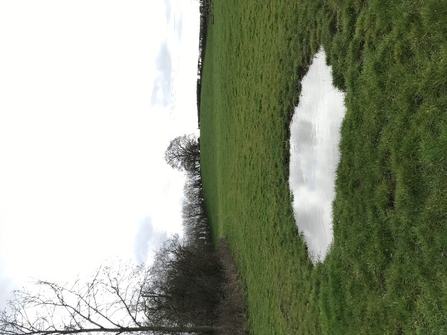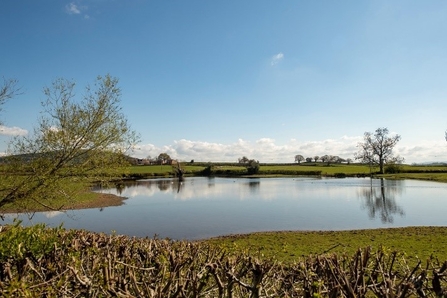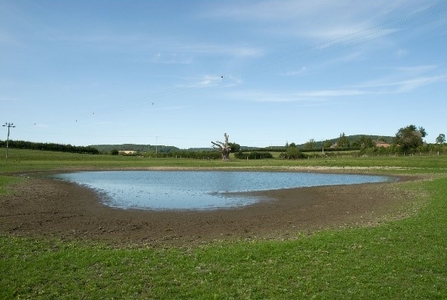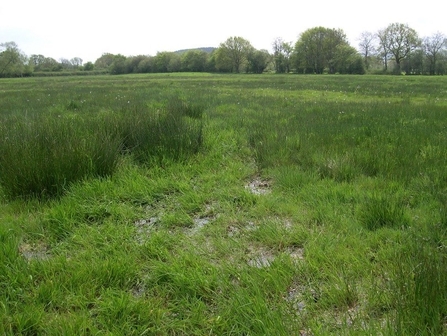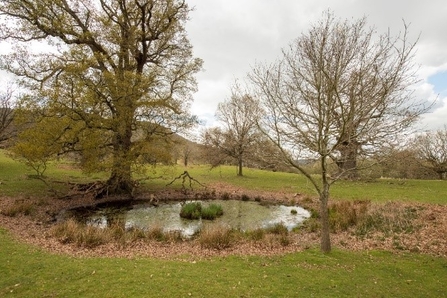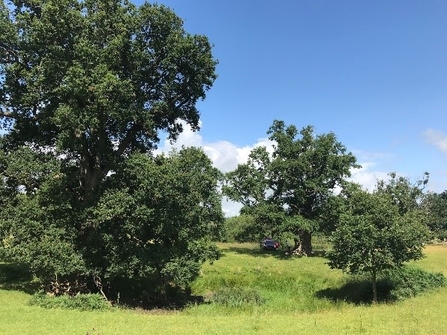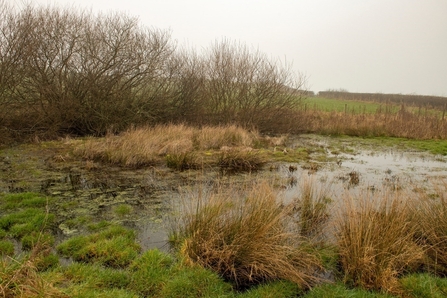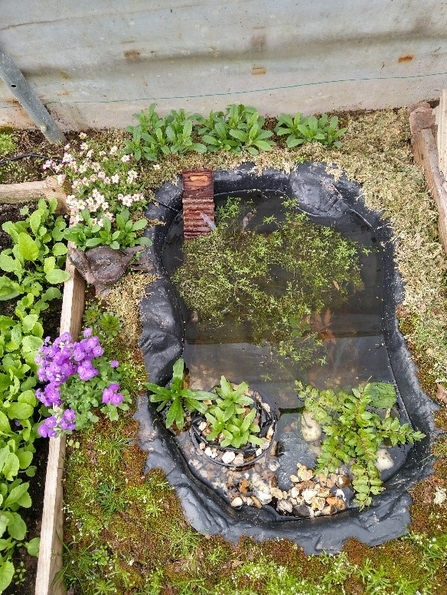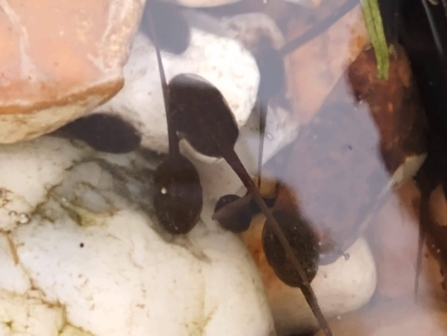We all have a picture in our minds of what a pond is don’t we? For me it is the pond in the village I grew up in, a very traditional village pond with a duck house (which was constantly falling apart) and a selection of water lilies across the surface. But have you ever stopped to think what exactly makes a pond a pond?
As part of the Ice Age Ponds project we have been doing walking surveys to identify potential Ice Age ponds around Herefordshire and I have had my eyes opened to how far the definition of a pond can be stretched. So, we thought we would explore this variety of different ponds and how important they can be.


